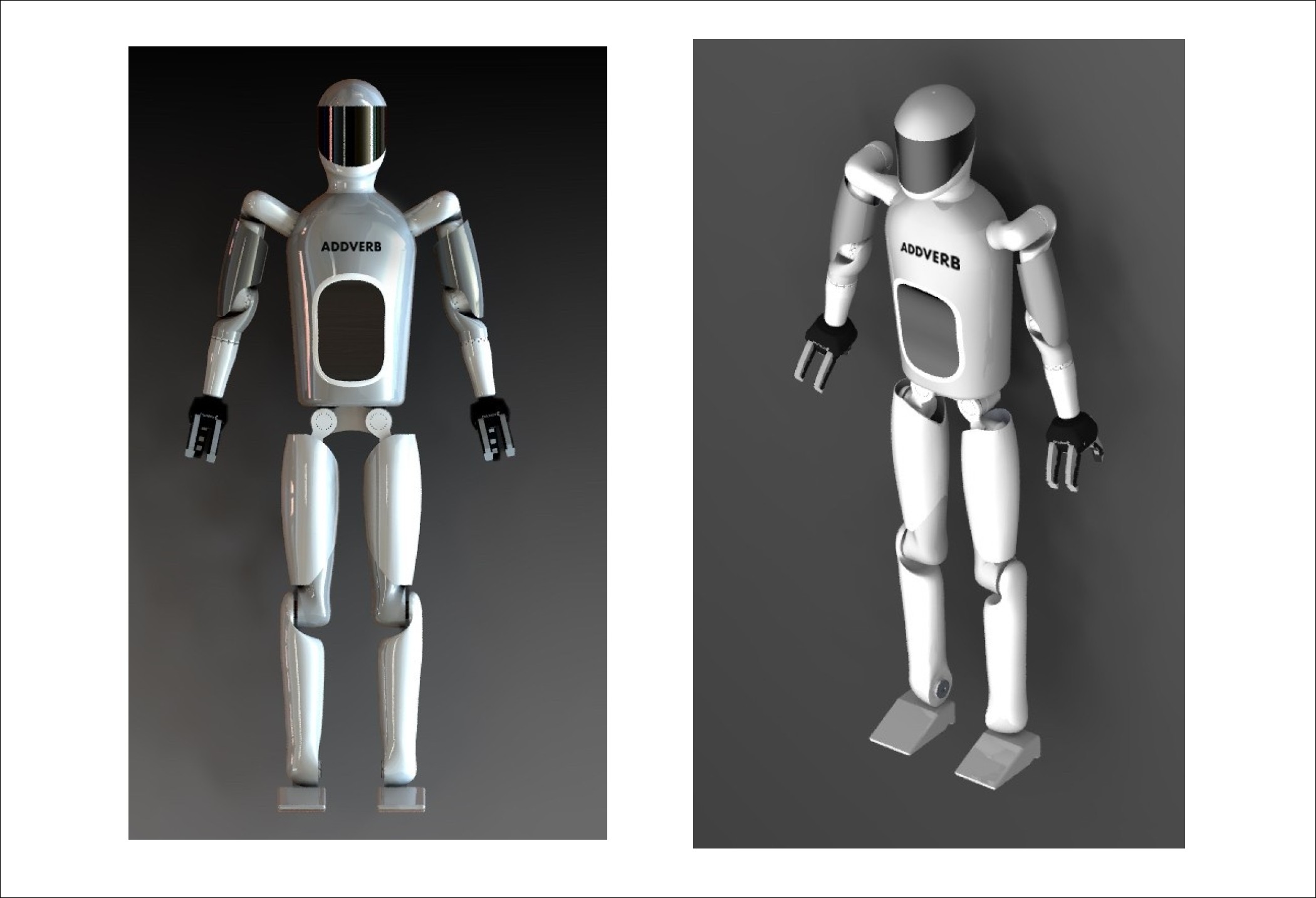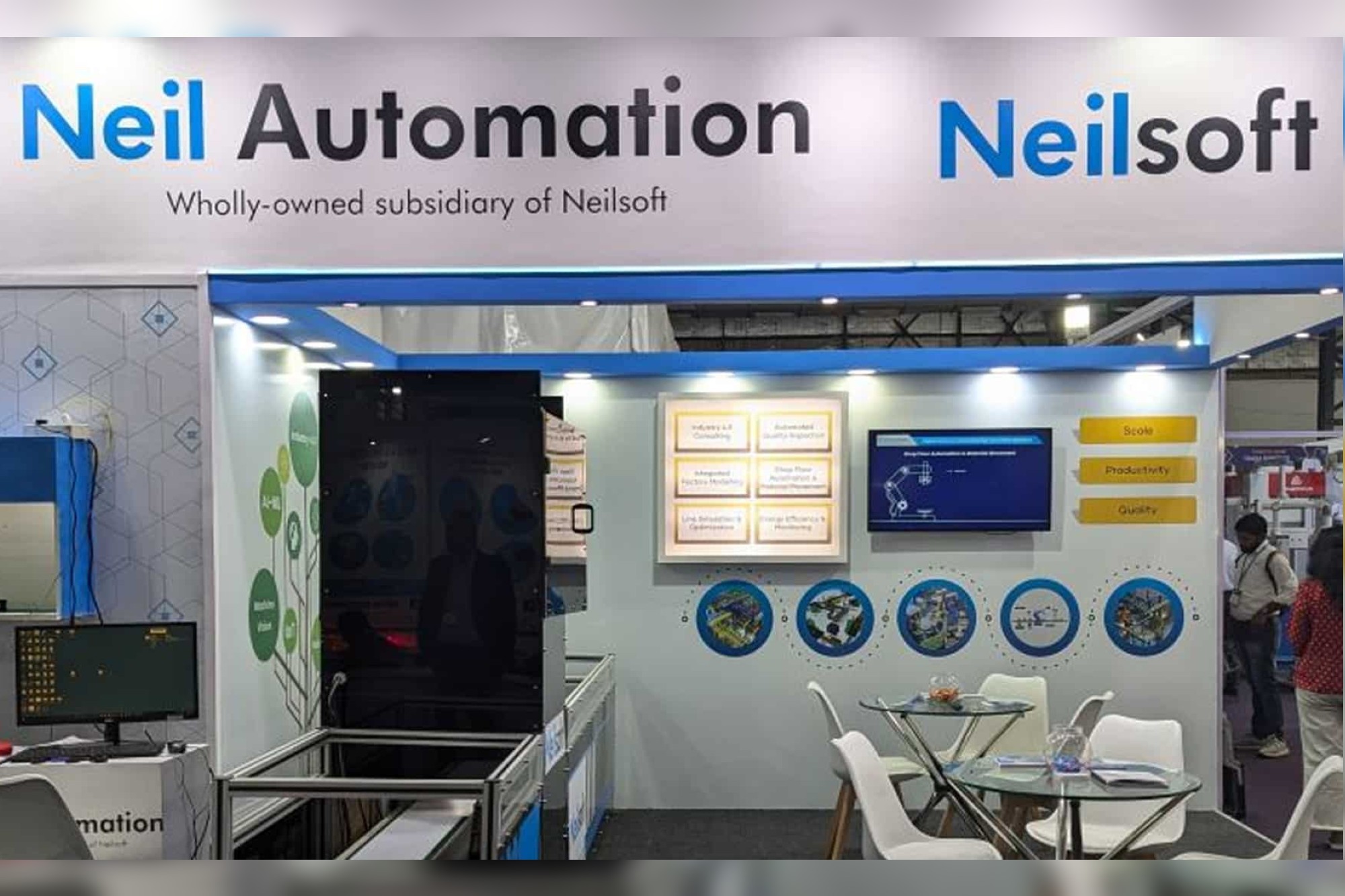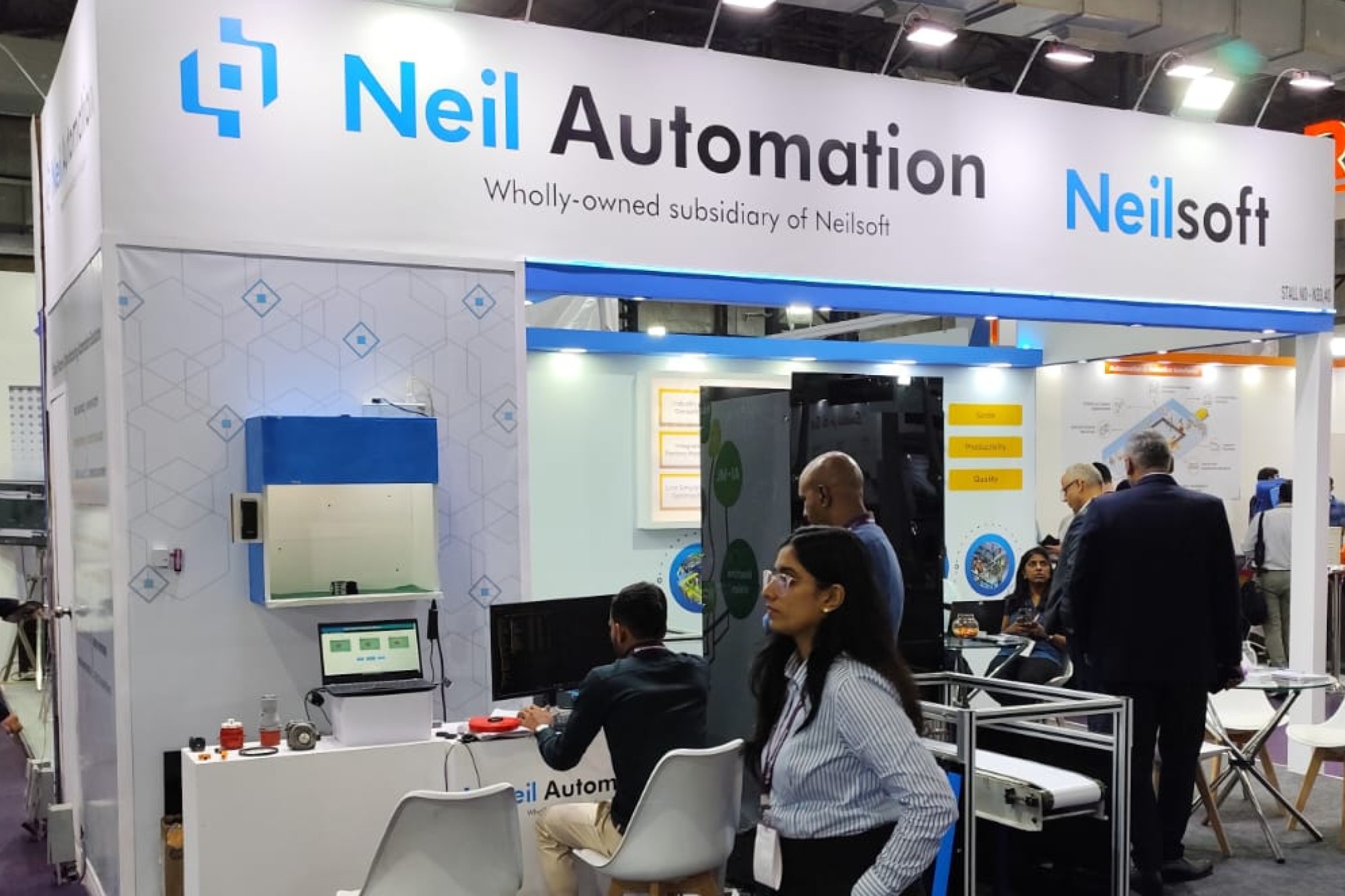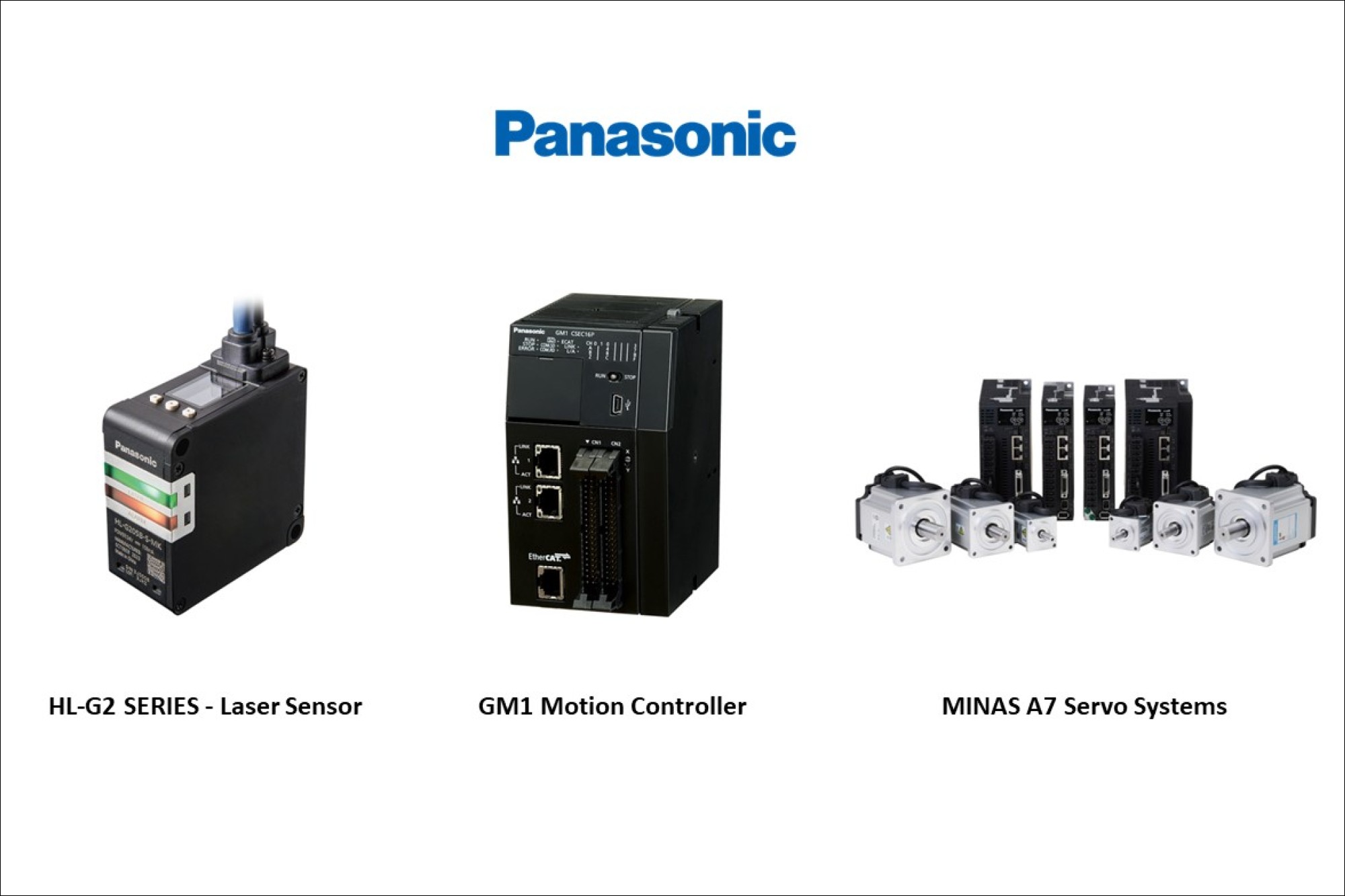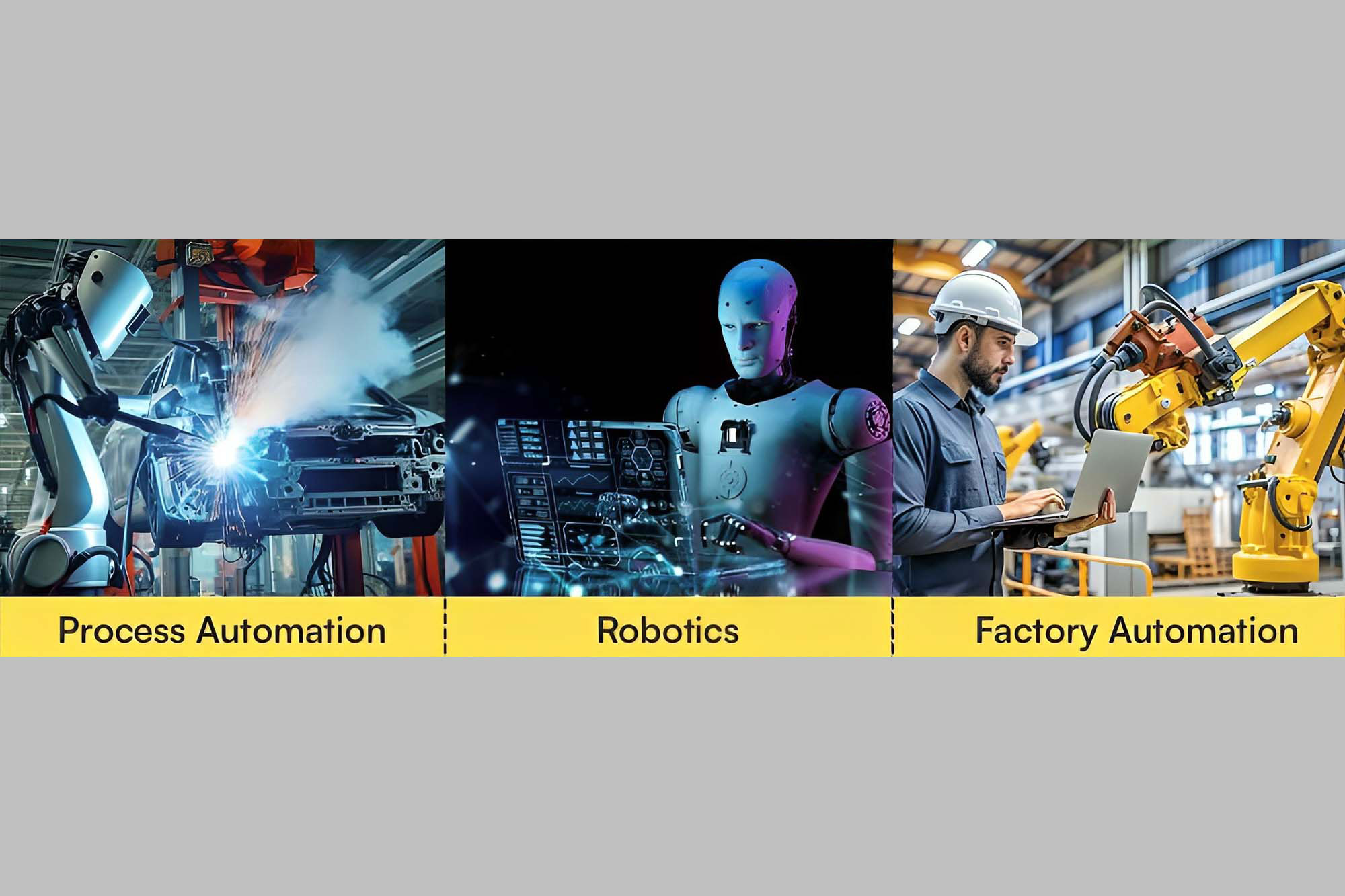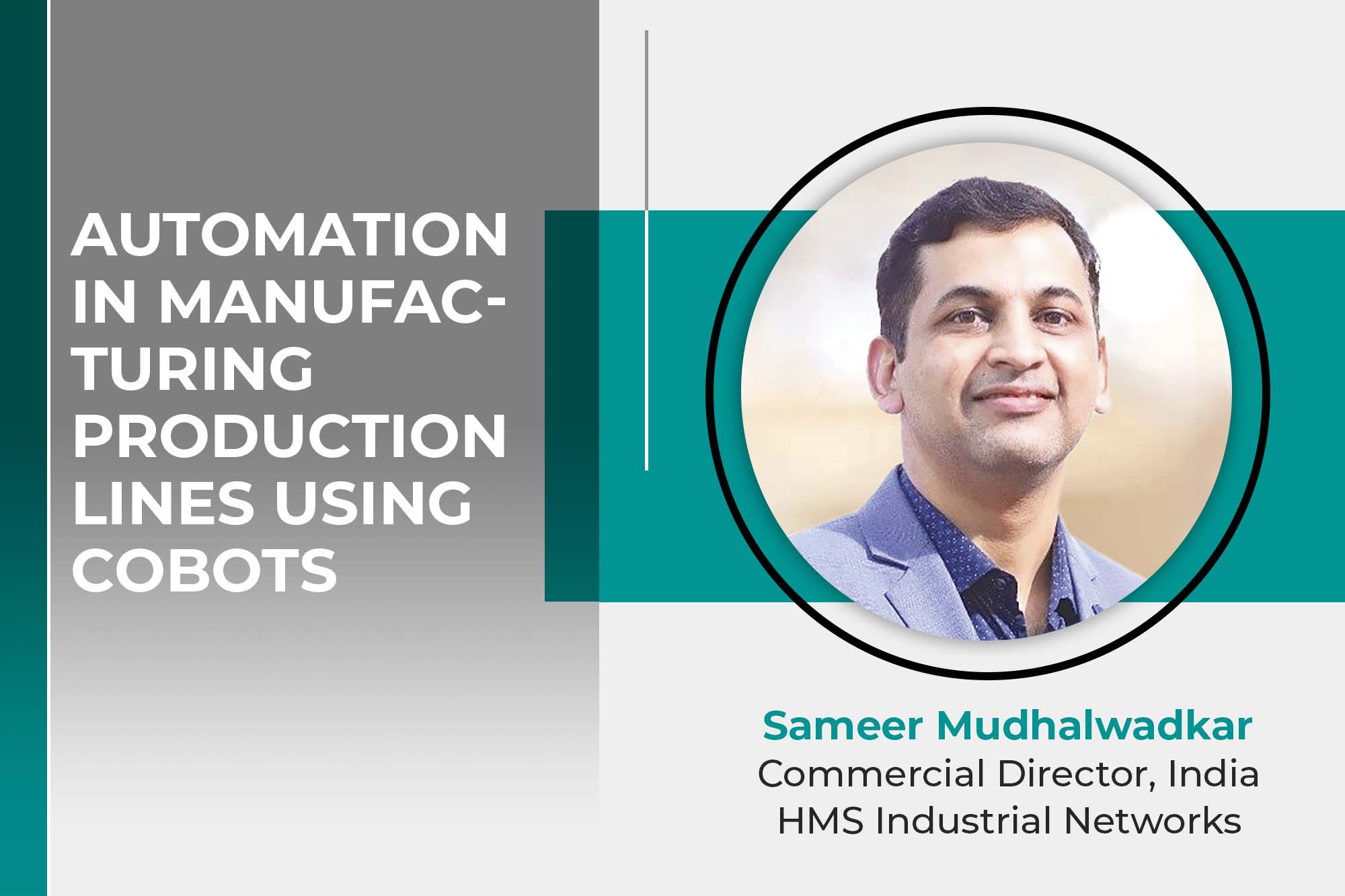PC-based Test Automation [Sep 2011]
By admin September 26, 2011 10:09 am
From initial design validation to the final production line, testing electrical or mechanical designs often involves varying a known stimulus and measuring the resulting response. PC-based test automation offers advantages of user-defined I/O and software flexibility to build a test system that meets particular application requirements
Top Five Advantages of PC-based Test Automation• User-defined I/O operation• PC technology for data processing, streaming, and storage• Customisable test sequencing and report generation• Integration with existing systems and instruments• Lower costs with COTS hardware and PC components.User-defined I/O operationMany vendor-defined instruments have fixed-function I/O with a standard set of features to address the majority of measurement needs. As test systems become more complex, the desired I/O functionality becomes more demanding and unique to a specific application. With more than 300 data acquisition devices to choose from, on a variety of PC buses, National Instruments offers the right combination of I/O to help meeting application requirements and define the I/O timing and triggering operations for any test cases you may have. NI-DAQmx driver software includes both high-level functions for standard measurements as well as low-level functions for user access to timing and synchronisation lines. This makes it easy to synchronise input and output lines on the same device, as well as among multiple devices, and create a higher-performance test system.
PC Technology for data processing, streaming, and storageBy taking advantage of the rapid improvements in standard PC technology; progressively faster processing, more memory, larger hard drives, and graphics displays for system visualisation can be achieved — all at increasingly lower costs. These technologies, which are taking PC-based test systems to new levels of performance, will only improve over time.
Today’s standard laptop and desktop computers include multiple processing cores that can be used to implement inline signal processing and analysis. This allows test systems to interpret measurement data in real time and produce results faster without depending on post processing.
Data storage is a valuable part of many test systems because of the need for offline analysis and report generation. PC technology innovation continues to increase the capacity of hard drives while decreasing cost. It’s not uncommon today to encounter standard PCs with terabyte hard drives in them, enough to log data 100 times a second for decades.
One of the biggest innovations in PC technology over the past 10 years has been the performance increase generated by high-speed peripheral buses such as USB 2.0 and PCI Express. Streaming measurement data across these high-speed buses has removed data bottlenecks and drastically improved what’s possible with data acquisition hardware. This has resulted in higher-speed I/O and higher-channel-count systems; all based on industry standard PC architectures.
Cookie Consent
We use cookies to personalize your experience. By continuing to visit this website you agree to our Terms & Conditions, Privacy Policy and Cookie Policy.




